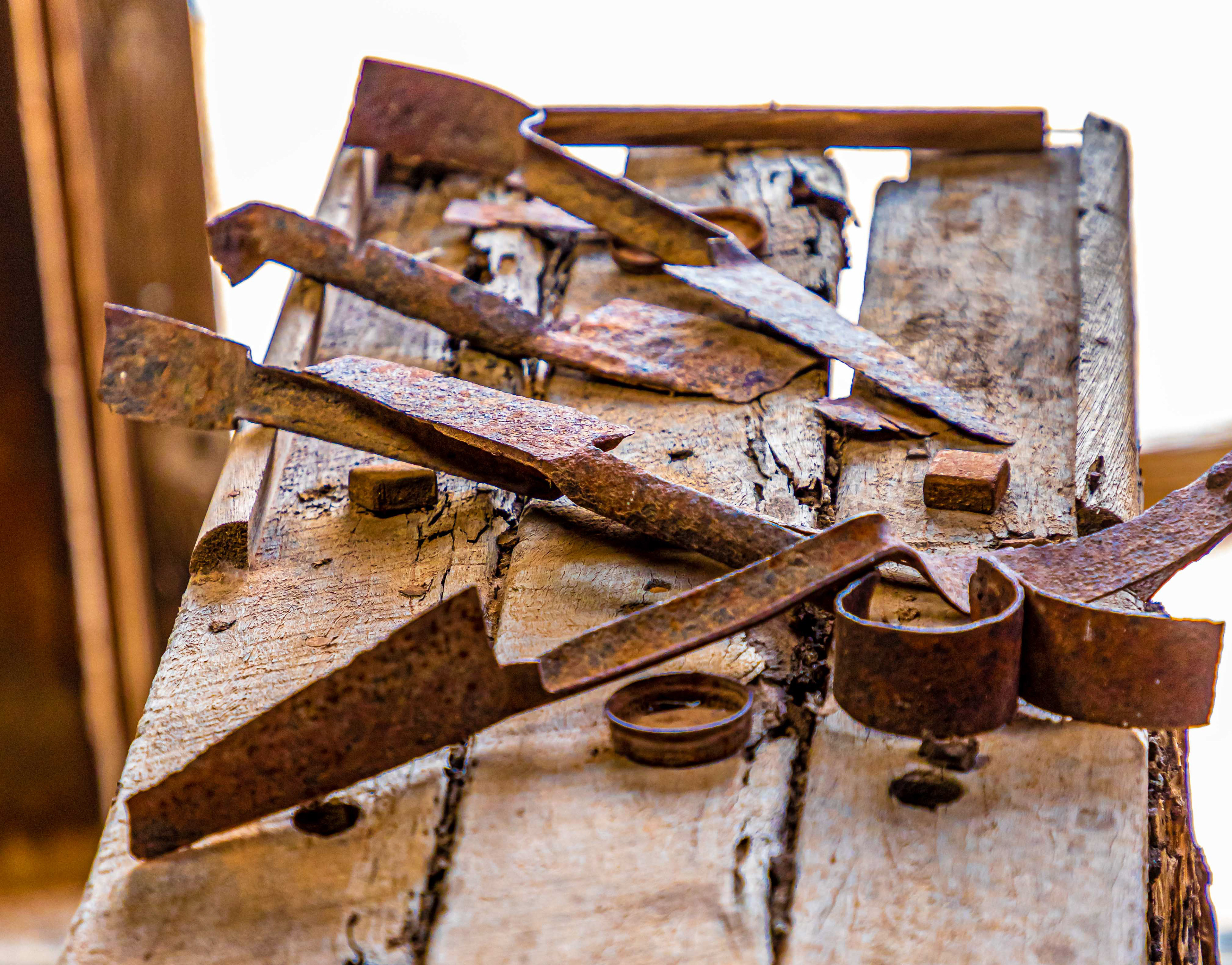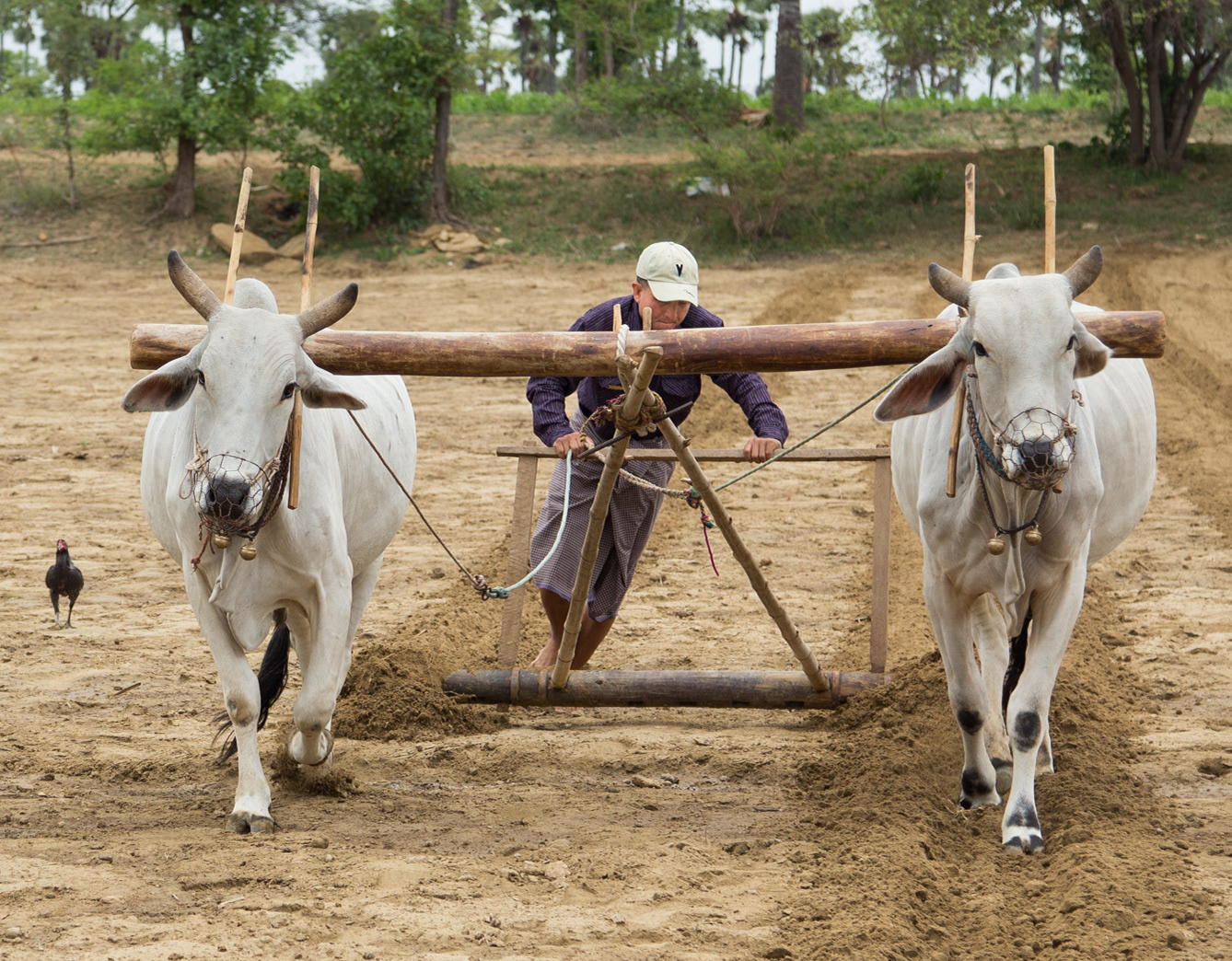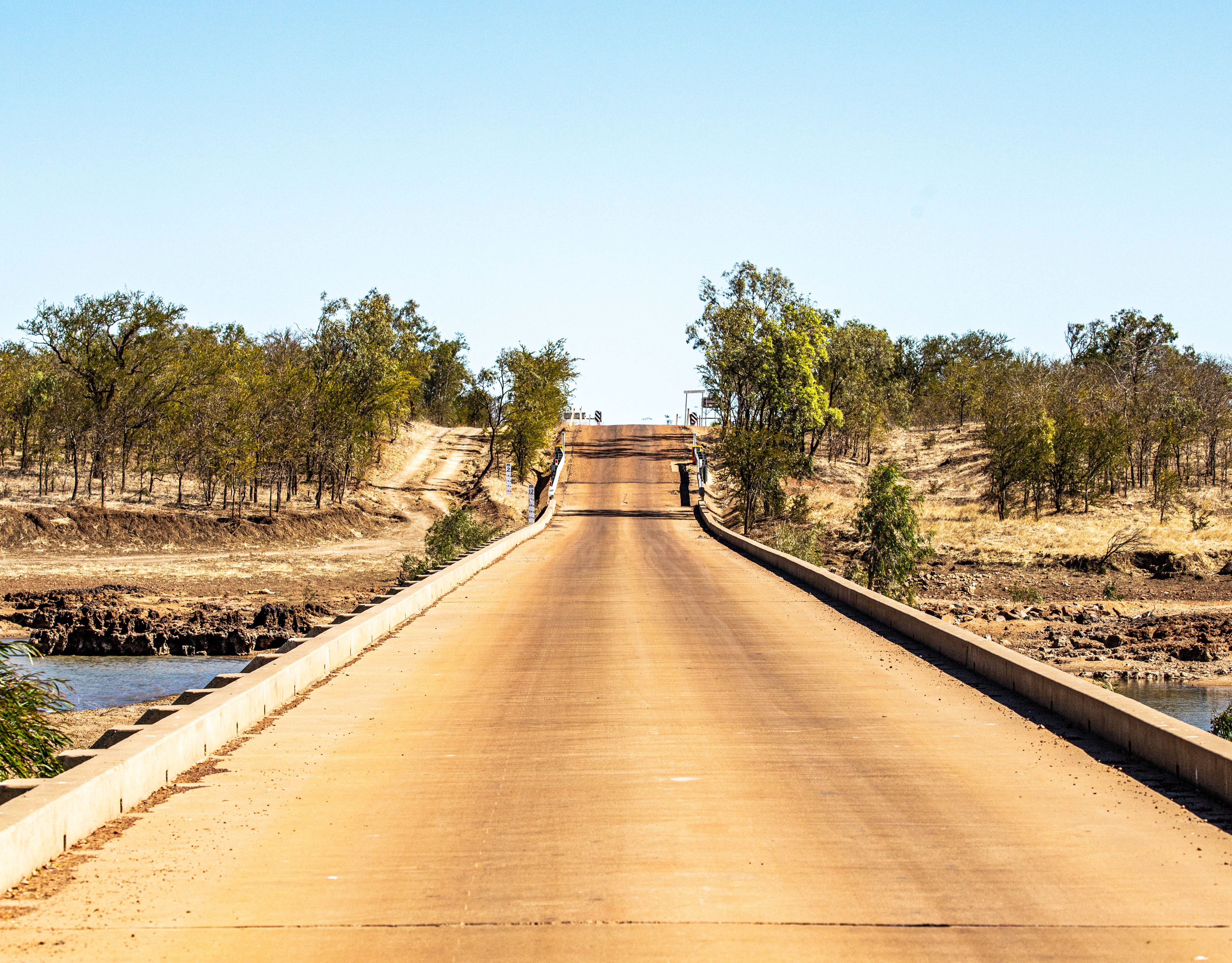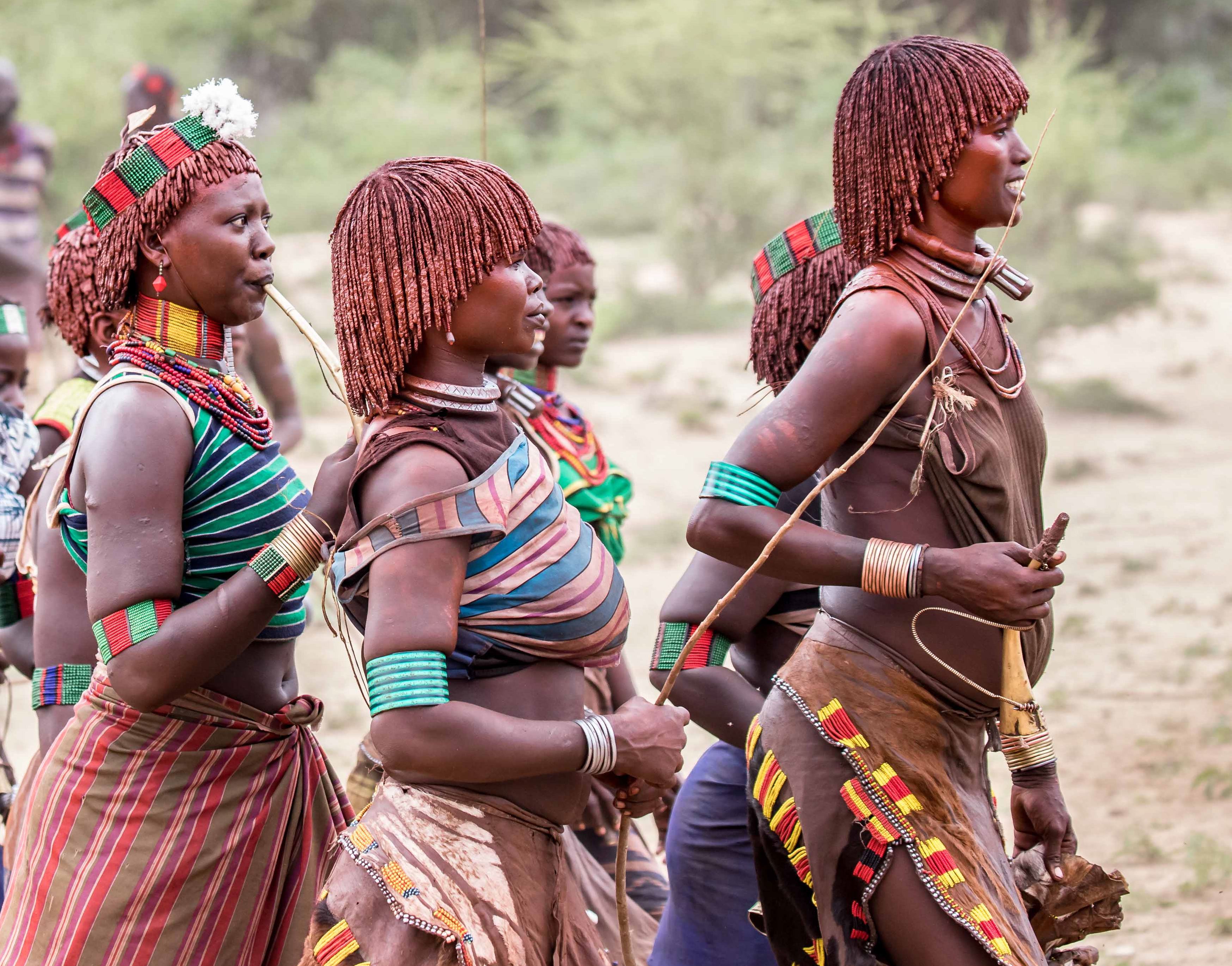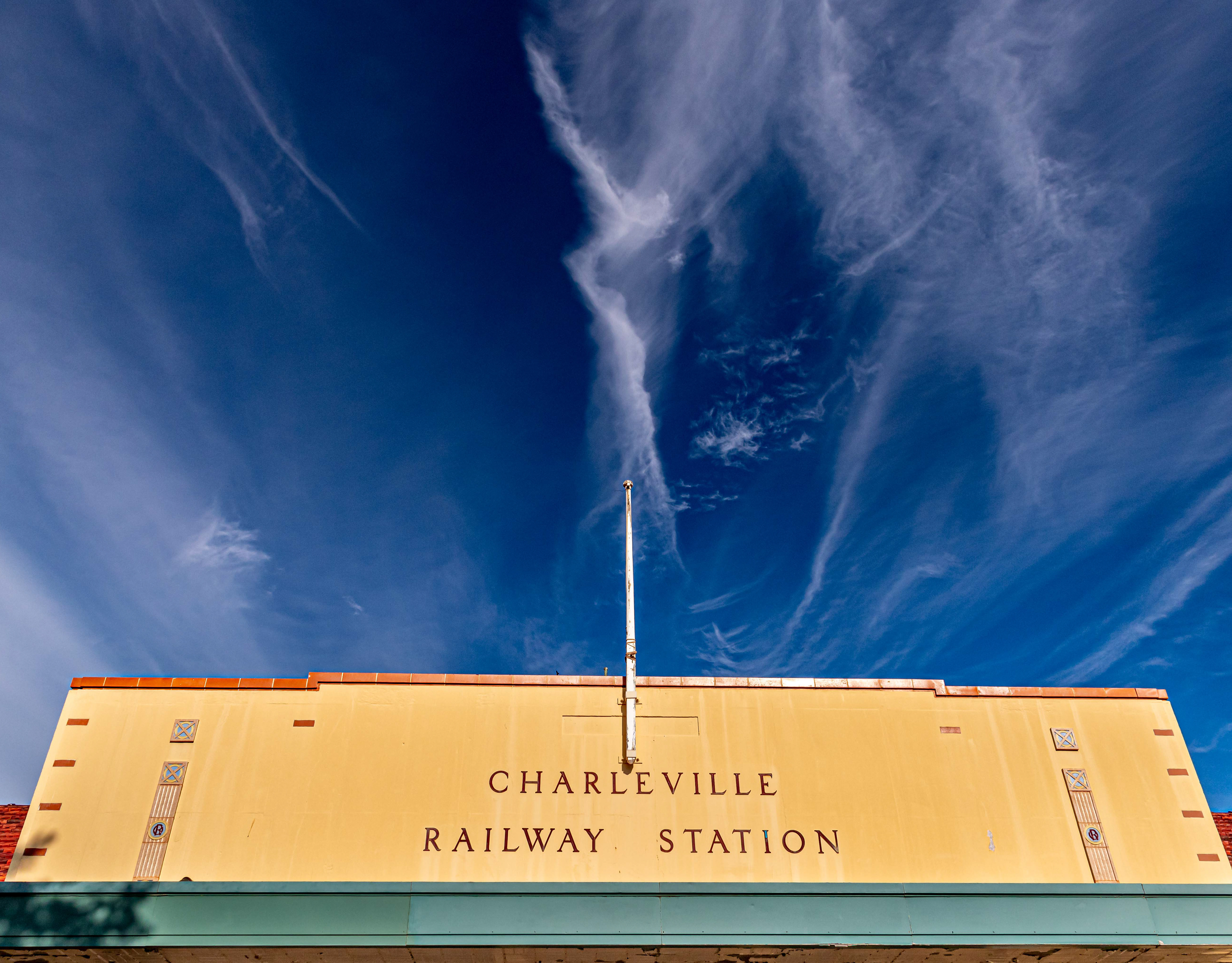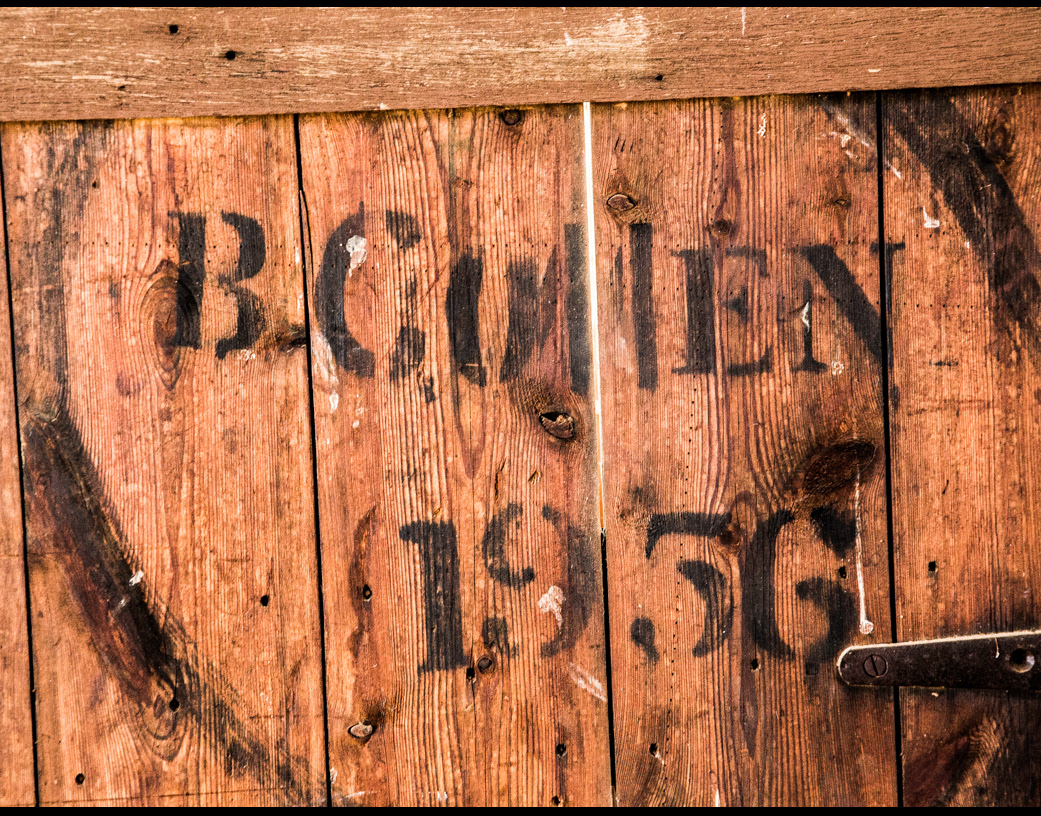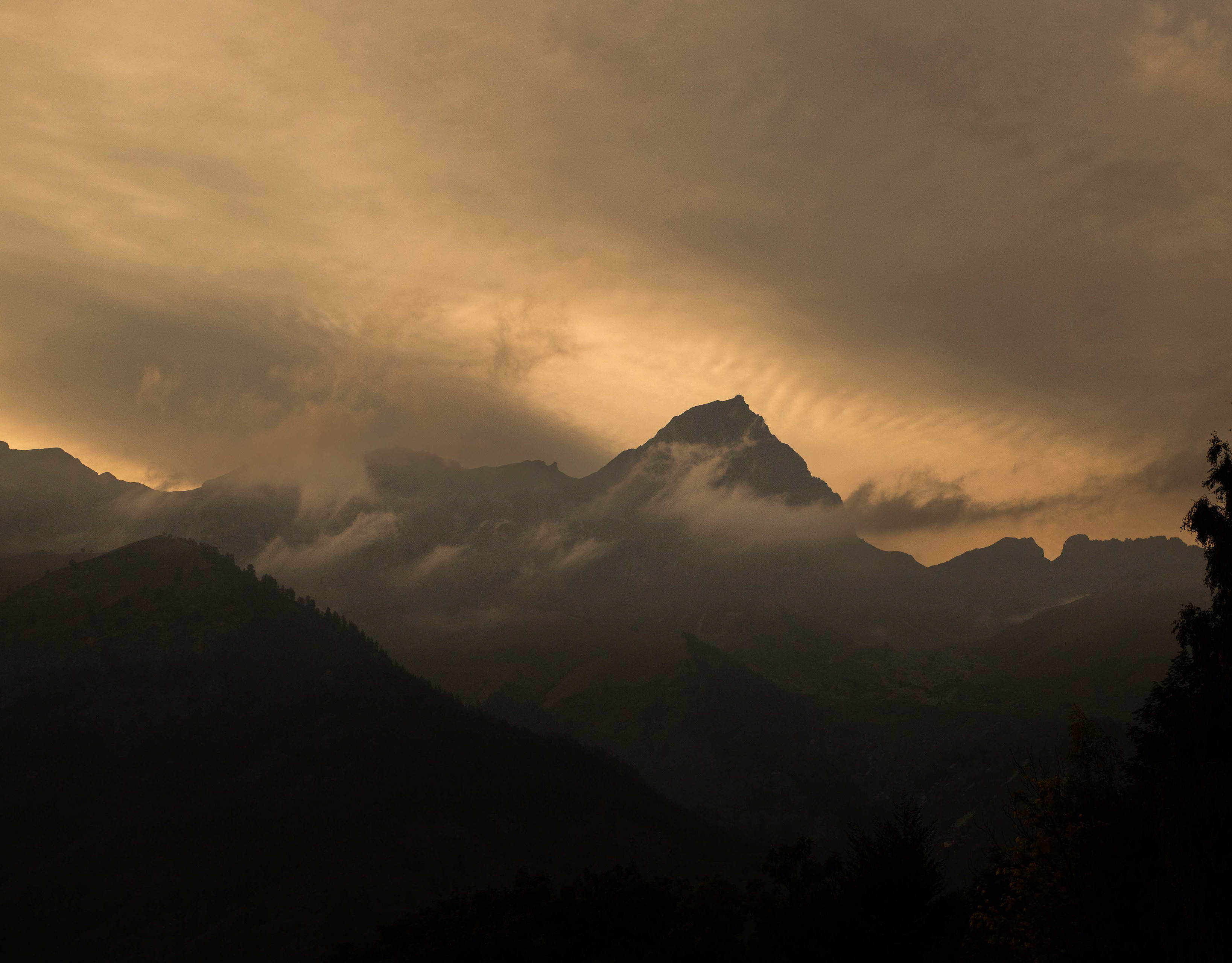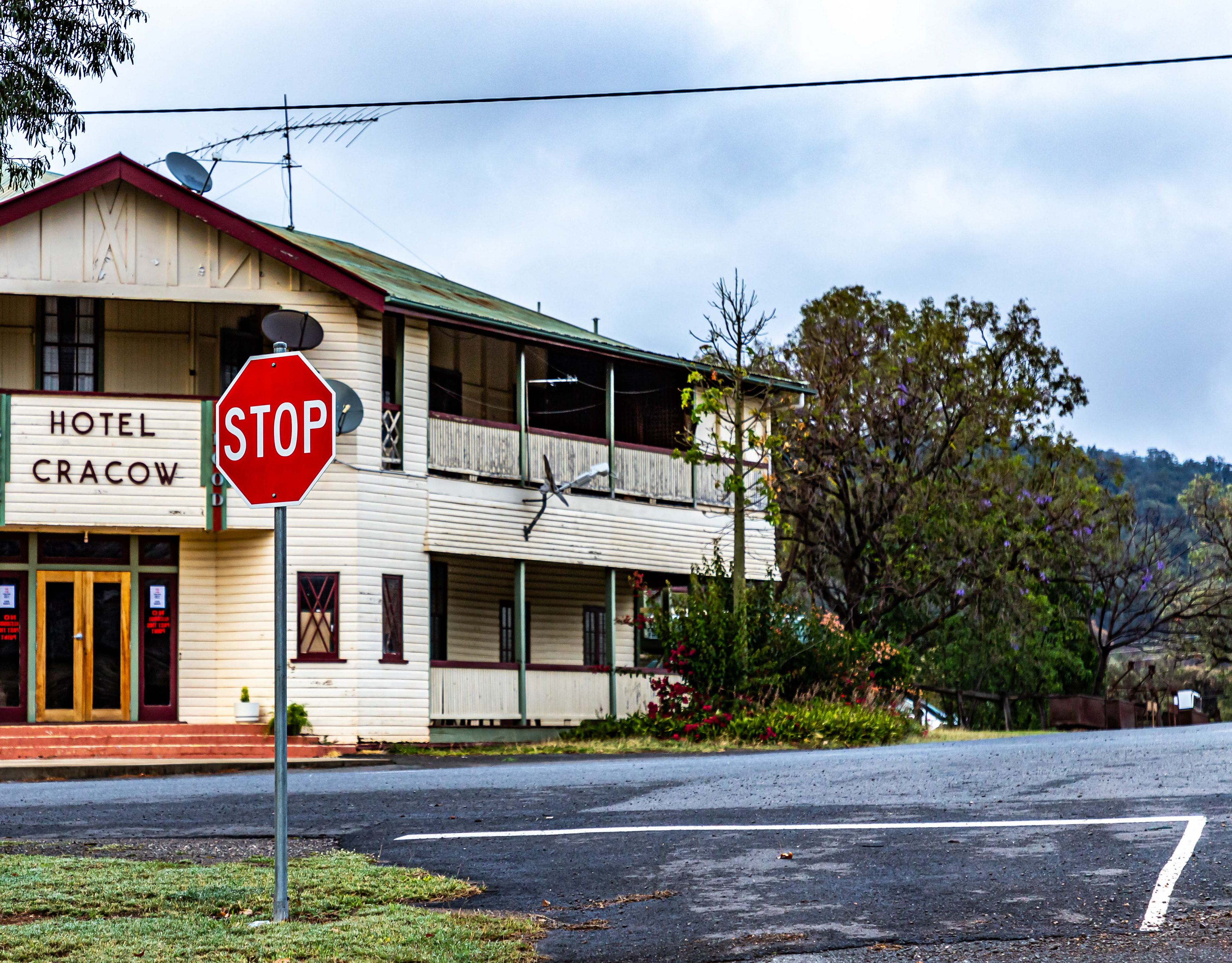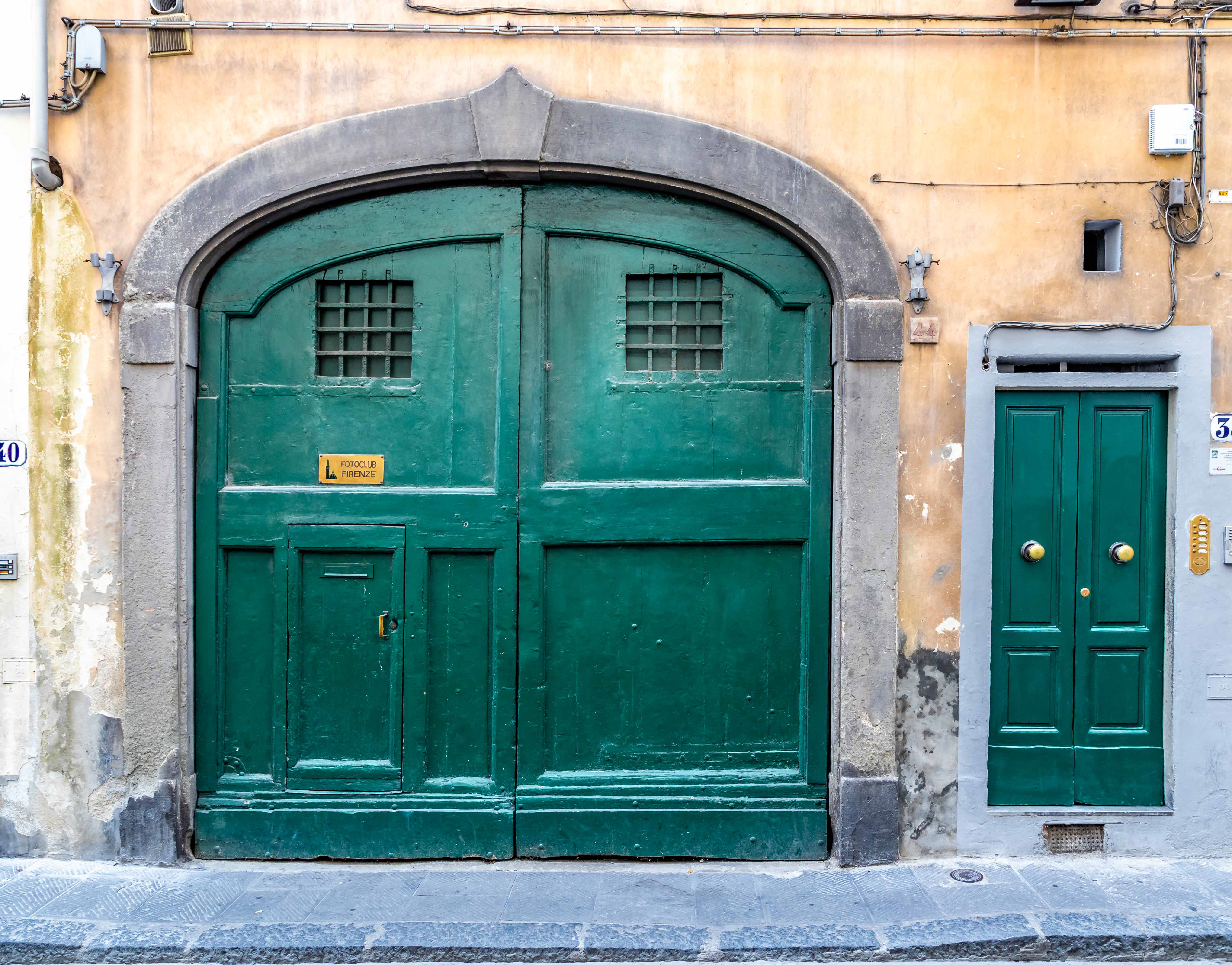Leonora to Laverton and onto Meekatharra and beyond, eventually heading for Karrinjini Gorges, close to 1000 km further north
State Hotel, Gwalia. Built in 1903 by the Western Australian Government to combat the sly grog trade and to provide an alternative to the private hotels in Leonora. It was the first hotel built and run by an Australian government.
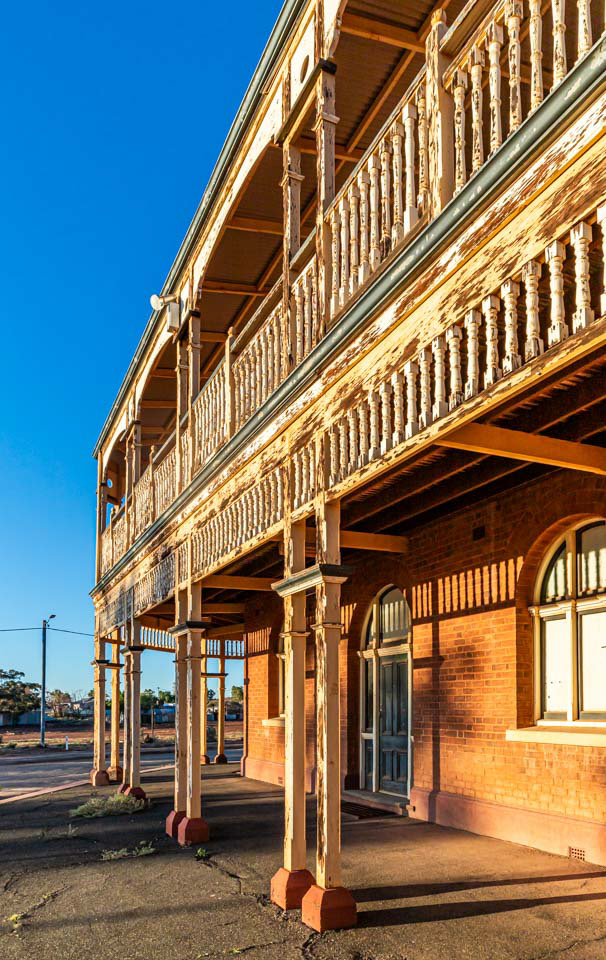

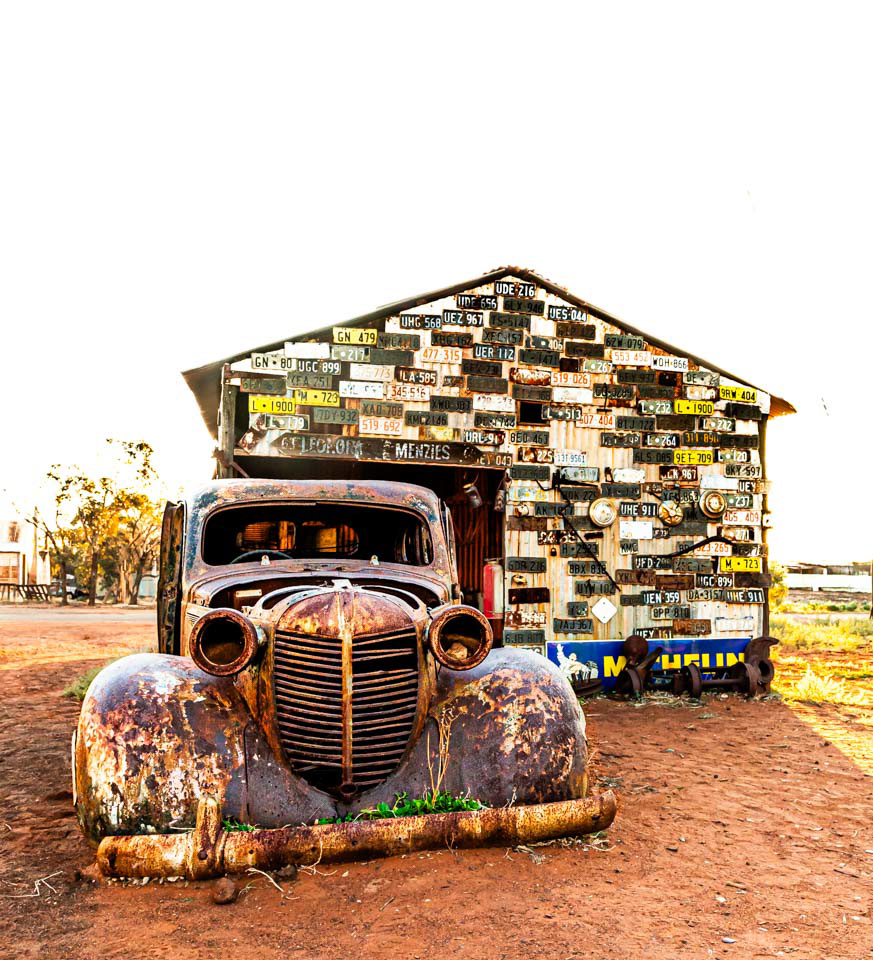

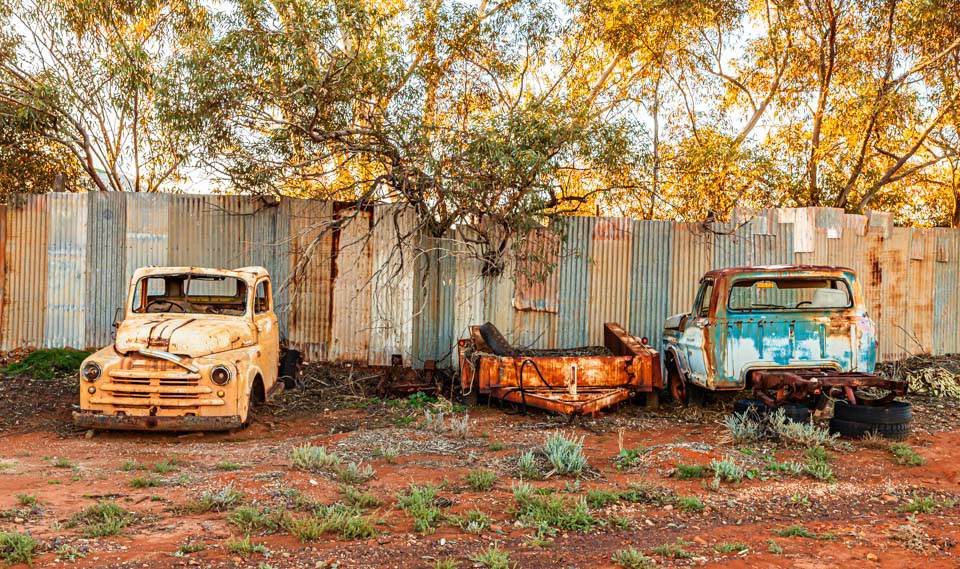

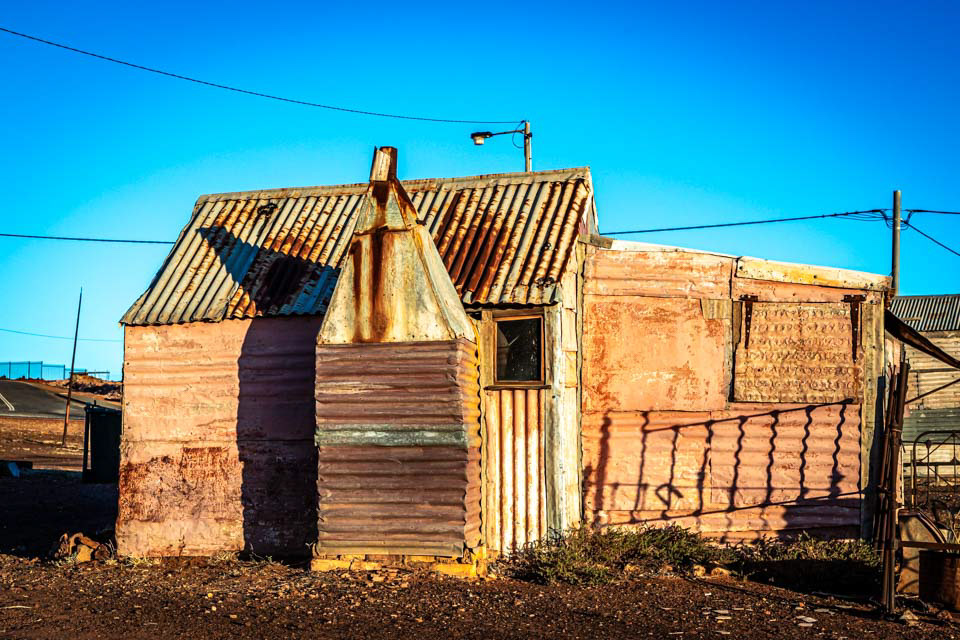
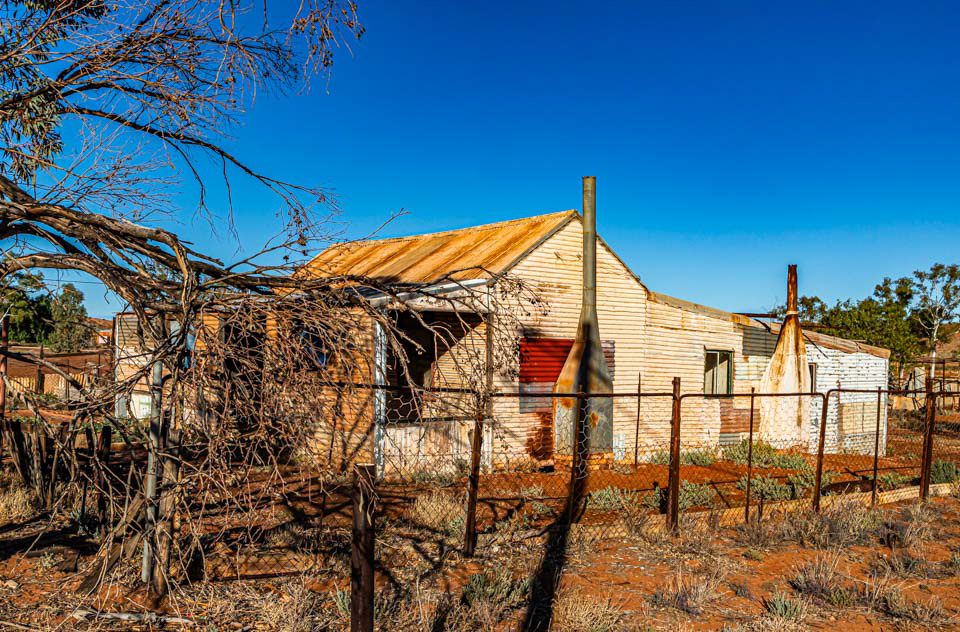
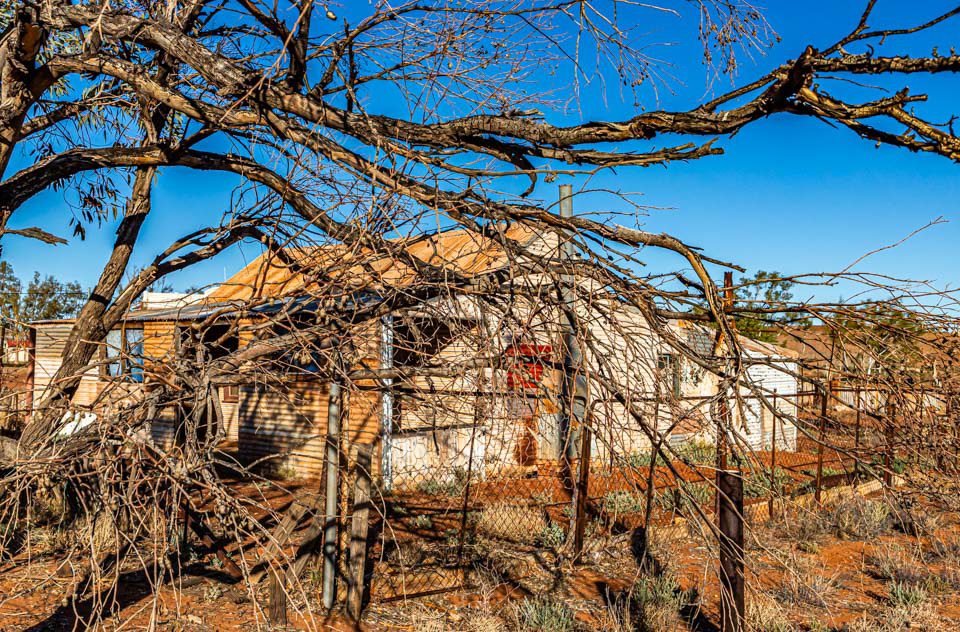
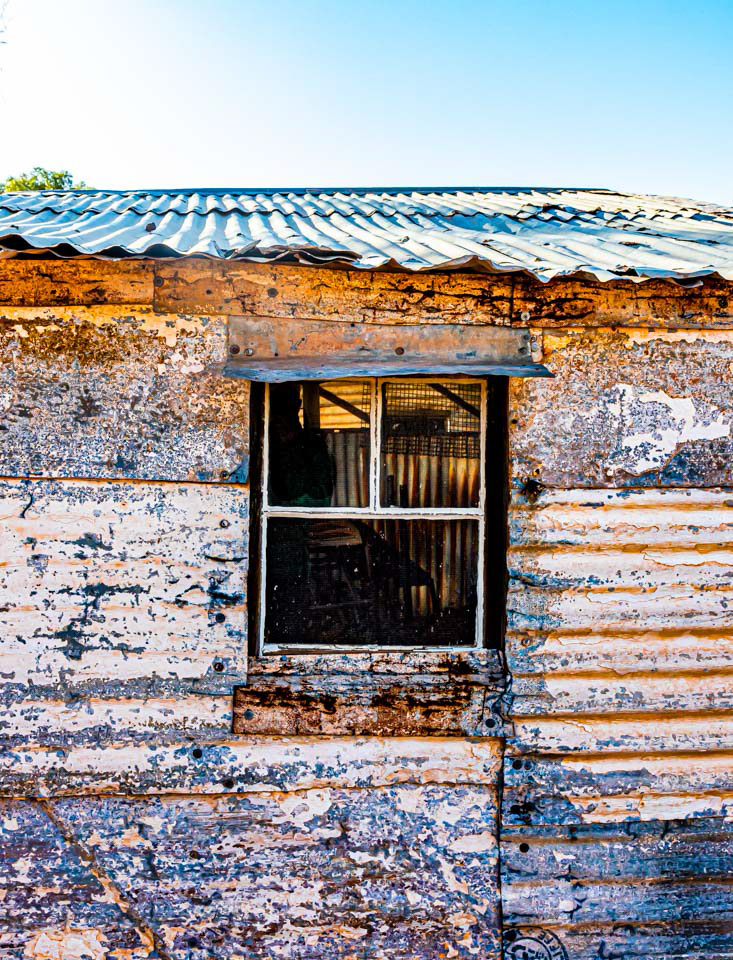
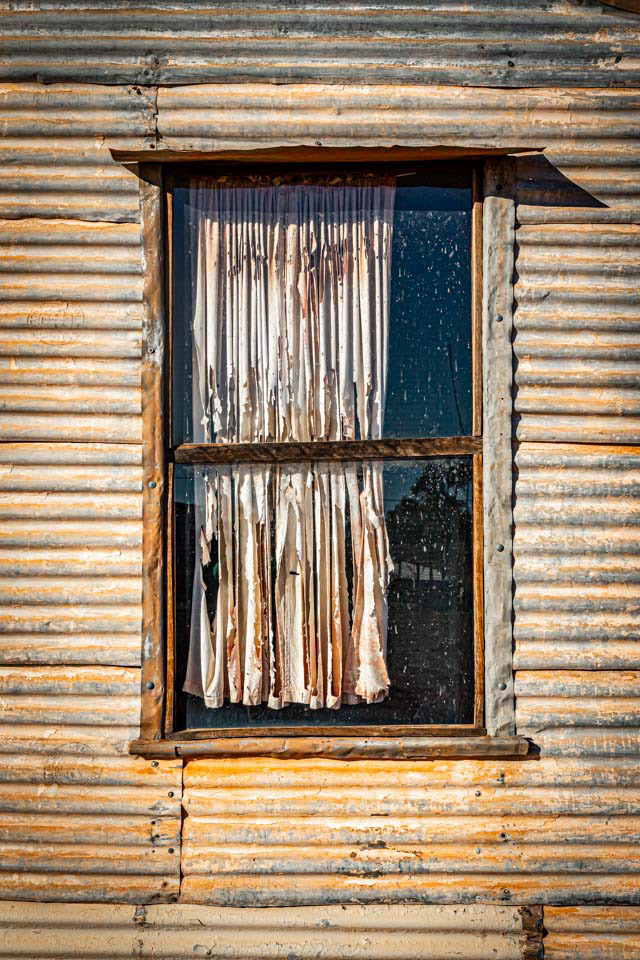
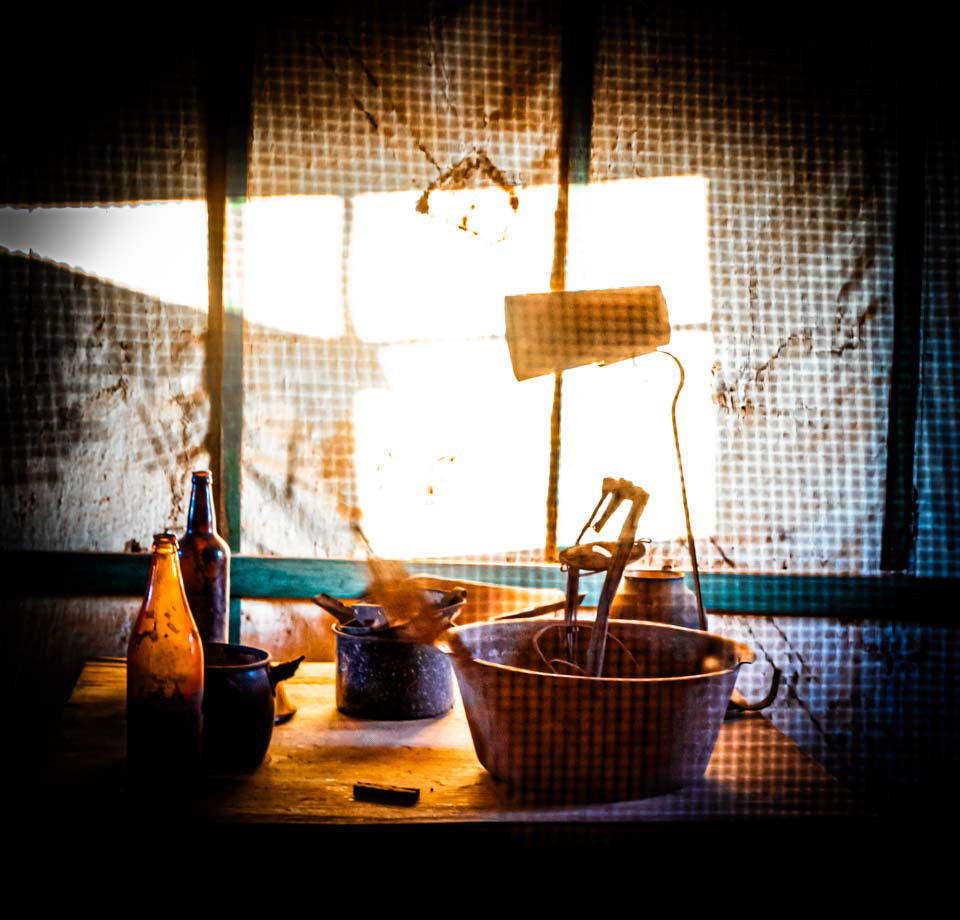
Play me a tune. Memories of good times.
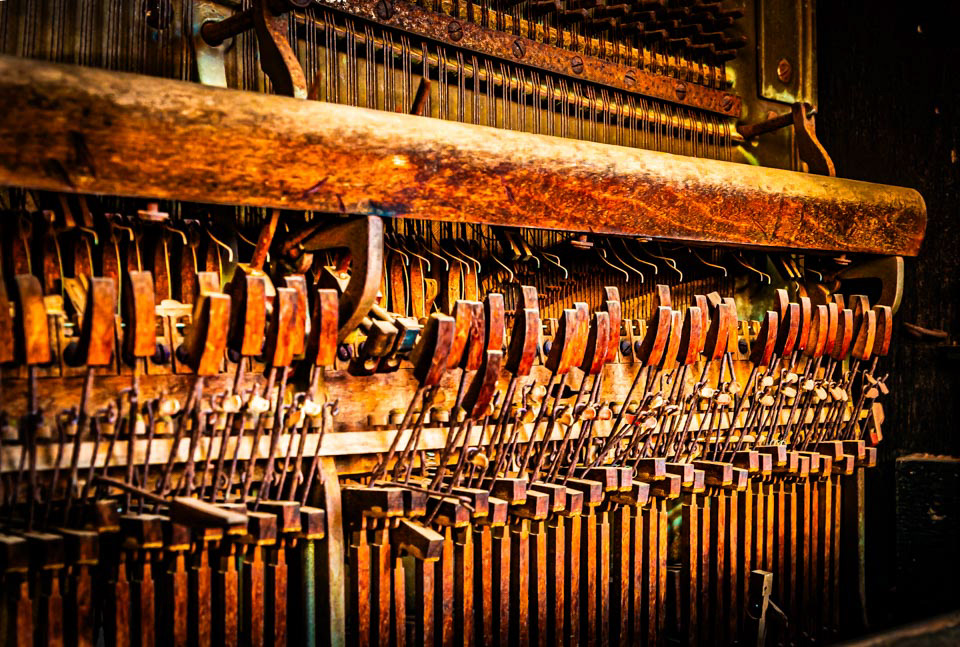
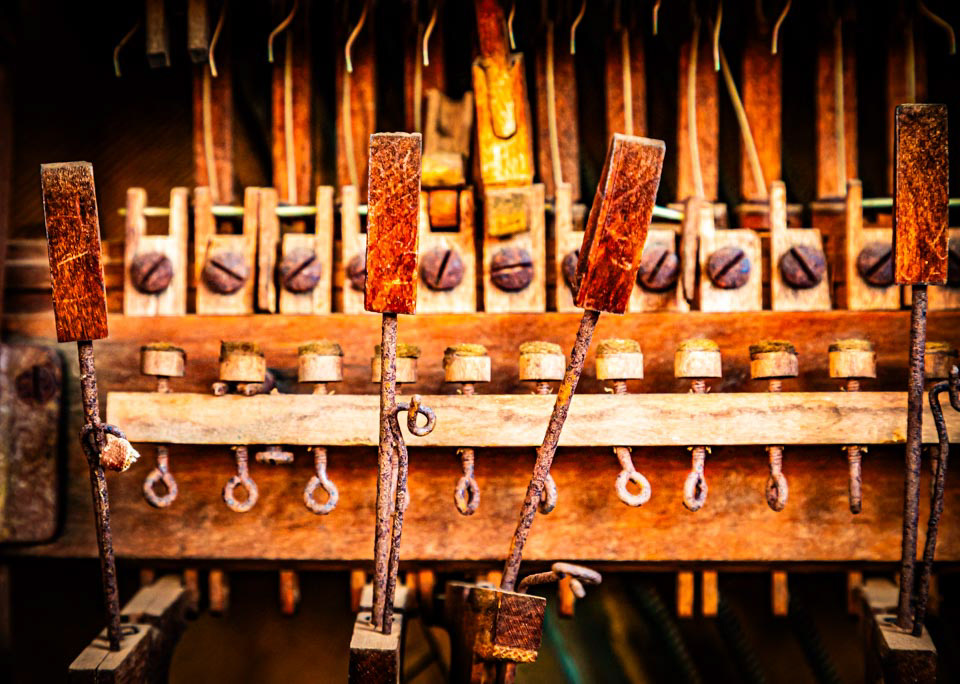
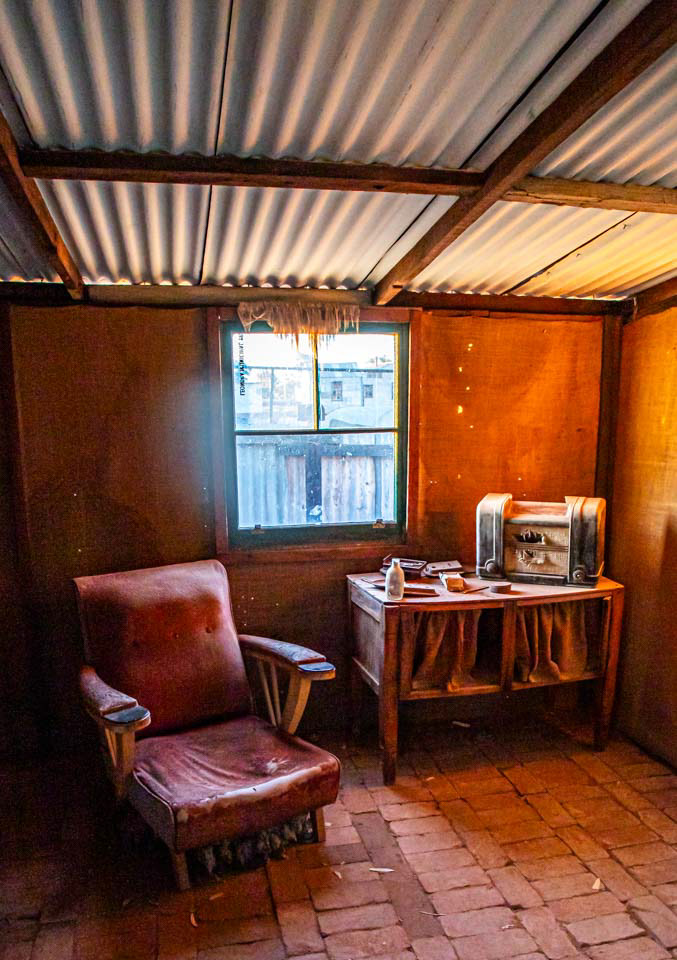
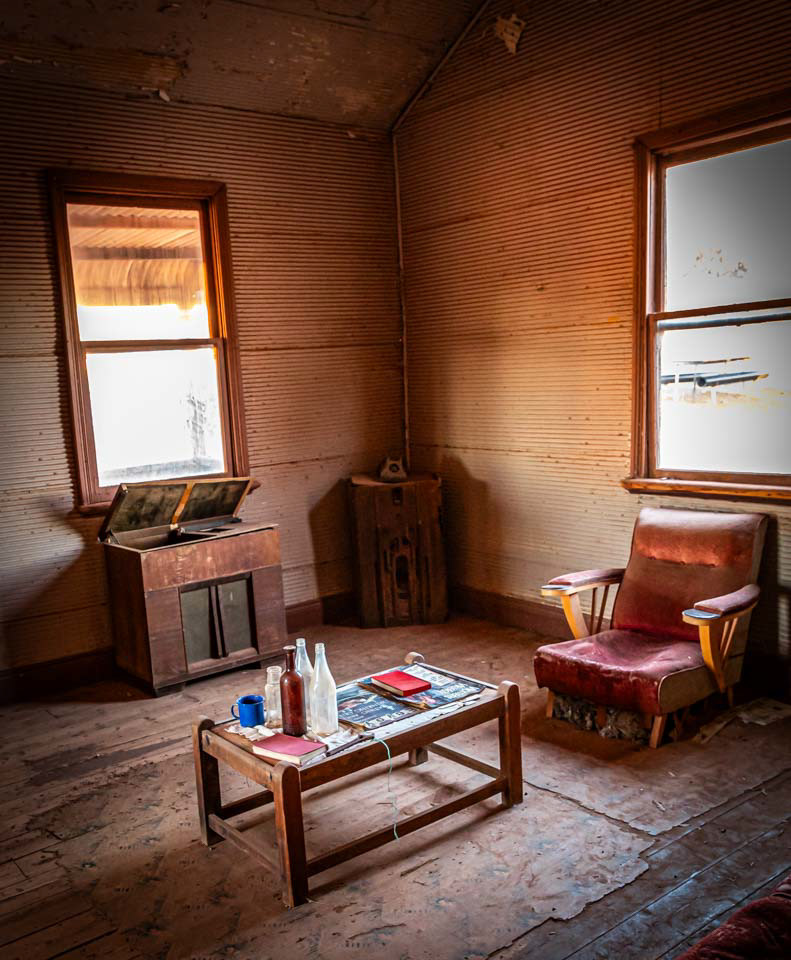
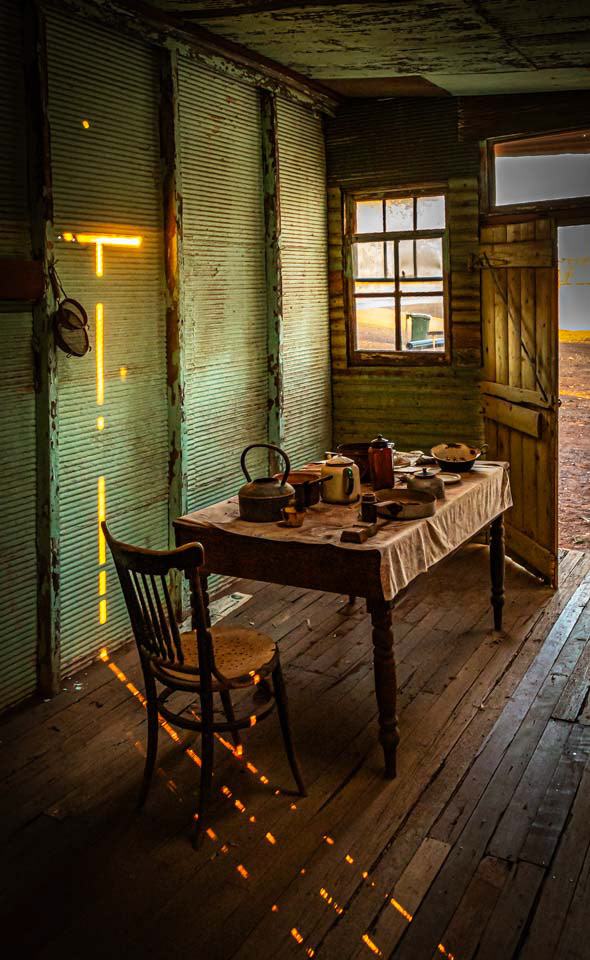
Patronis Guesthouse, Gwalia
Patronis Guest House accommodation. Imagine how hot these tin huts would have been in summer and cold in winter.
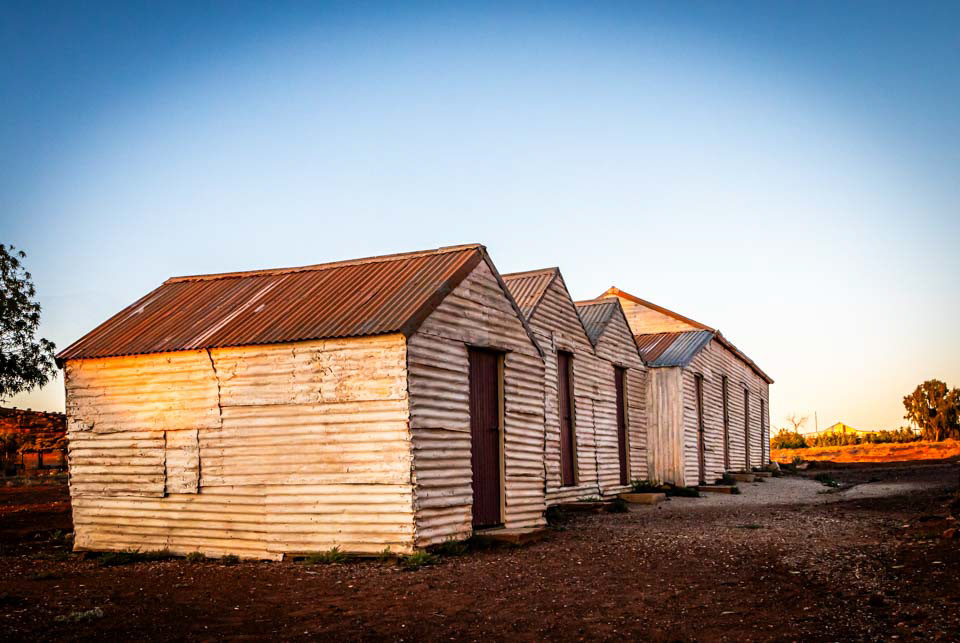

The trees adjoining the operational Gwalia mine. The trees would have been planted in the garden of the mine manager, Herbert Hoover back around 1900. The house has been restored and is now used as a BnB. Beautifully done.
Well wothh a morning coffee and cakes if not a sleep. If you stand at the fence between the trees you look down at the mine open-cut pit hundreds of metres below.
Gwalia Mine started its life as an underground mine back in the late 1900s. In more recent decades the tunnels have been dug up, the ore removed and processed and underground mining resumed following the gold down something like double the depth of the open-cut.
The ore trucks recover the ore from underground and dump it on a pad in the open-cut area, half way to the surface. It is then moved up to the processing plant on th surface.
The winch used in the early days to move the miners to depth and to haul up the ore carts
A steam powered motor used to haul the miners and the ore to the surface.
Cogs within cogs. The gears of a drill press.
Now that's a spanner
Thr mine winch, derelict in 1979, now fully restored
Gwalia staff officers adjacent to Hoover house, now an excellent part of the mine museum
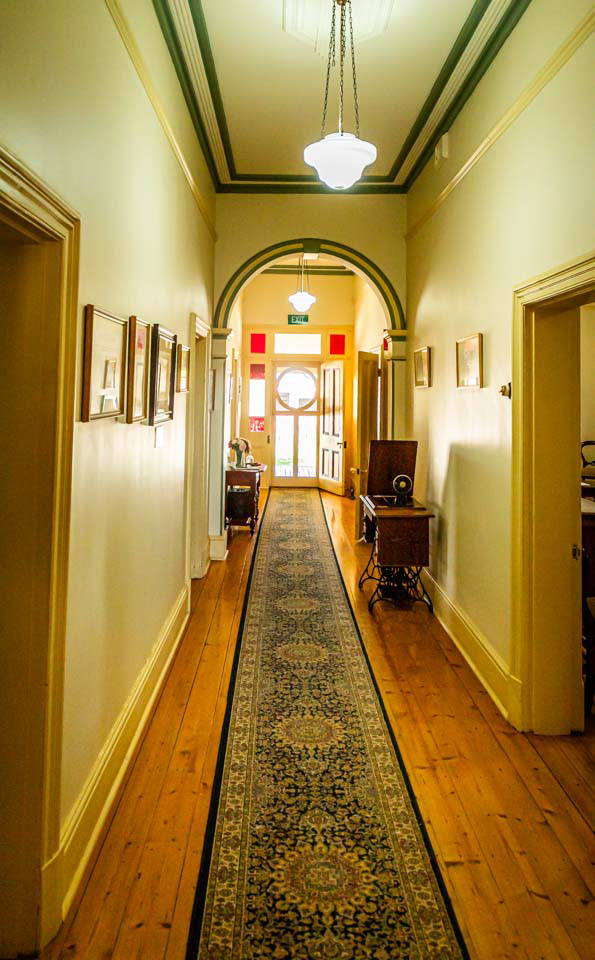

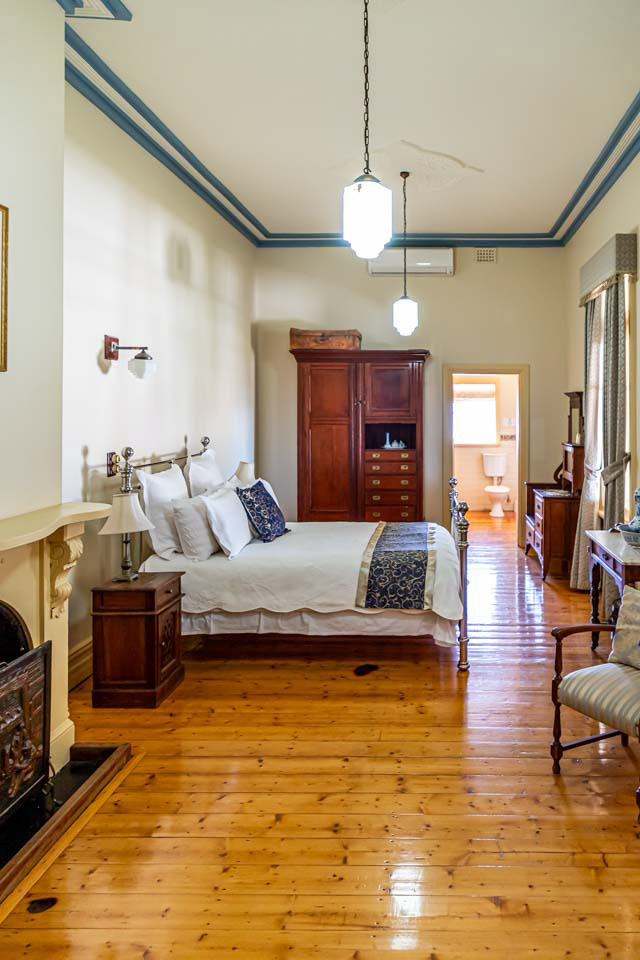
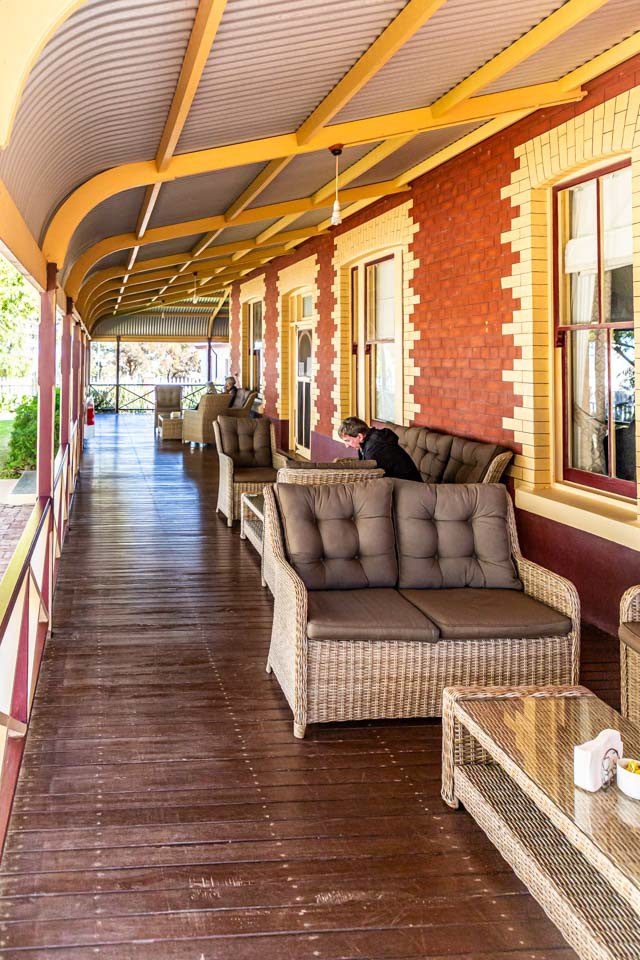
Main street Leonora WA
Main street Leonora WA
Deserted, Leonora WA
The Masonic Lodge, Cue. Beautiful architecture. The foundation stone records that the Masonic Lodge was built in 1899 to the design of architect E. Owen Hughes. It was built as the meeting place for Murchison Lodge 22, which was established two years earlier. Laid on 8 April 1899, the foundation stone records that Little and McInnes were the contractors. Monthly meetings were held in the hall until August 1979 when they were cancelled due to insufficient numbers.
In 1979, the main street of Cue had many wonderful old gold mining buildings. Sadly now, the only one of particular interest to me was the Masonic Lodge, the rest having been destroyed.

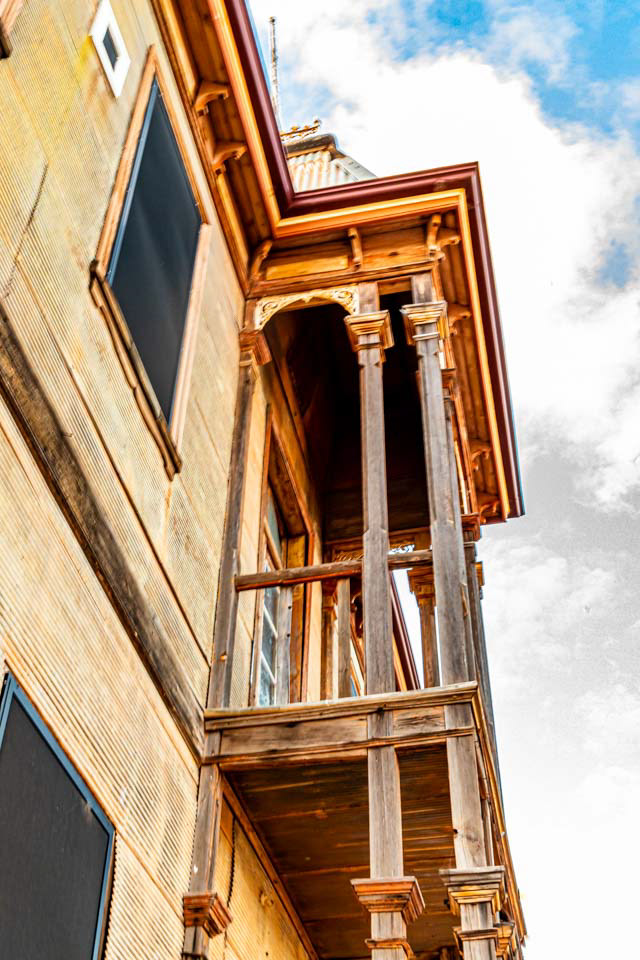
Thr Queen of the Murchison, Cue. Our accommodatioon for the night. Well restored and very comfortable.
Main street Cue. The town is quite well restored although disappointing that so much of the architectural history has been destroyed in the last 43 years.
Murchison Club Hotel, Cue. Good food, friendly locals
Built in the main street between 1895 and 1897 from locally quarried granite, the buildings were, and remain, among the most impressive in the region. The Courthouse and Police Station are still being used for their original purpose (https://www.cue.wa.gov.au/tourism/historical-buildings/item/government-buildings).
